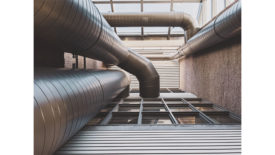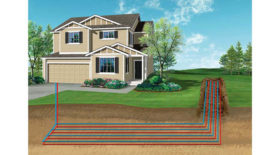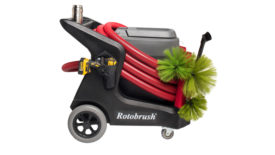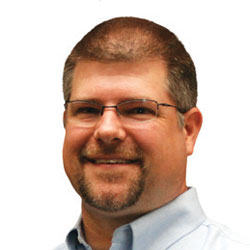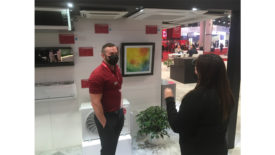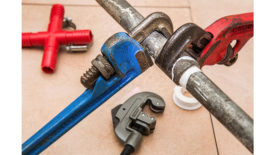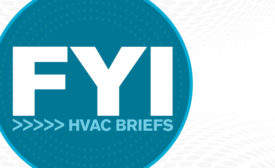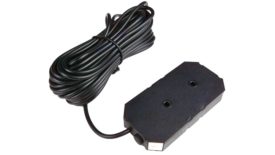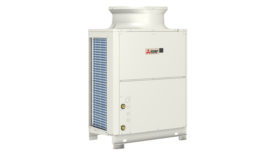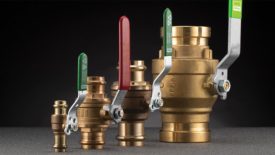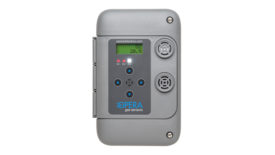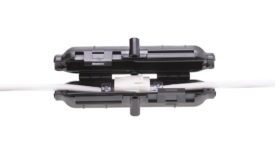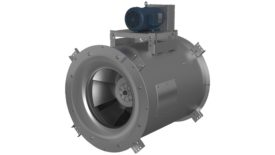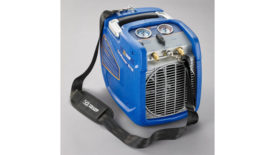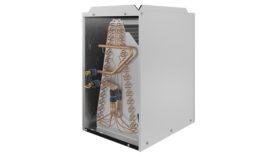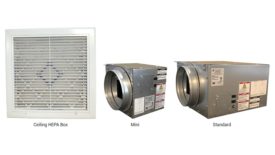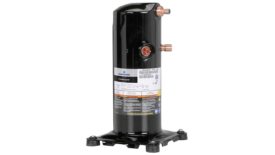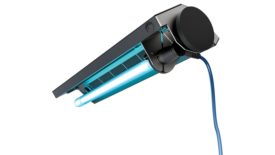Home » Publications » ACHR NEWS
ACHR NEWS
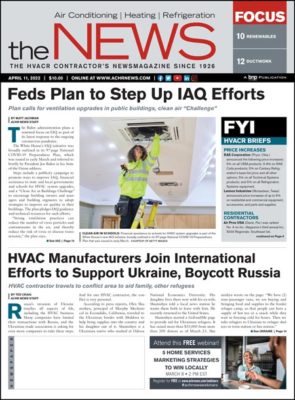
2022 April 11
Cover Story
Back to TopPlan calls for clean air “Challenge,” HVAC upgrades in public buildings
Read More
HVAC Manufacturers Join International Efforts to Support Ukraine
HVAC contractor travels to conflict area to aid family, other refugees amidst Russian invasion
Read More
Feature Articles
Back to TopGeothermal Offers an Opportunity for HVAC Contractors
Interest in environment, saving money make it more attractive
Read More
Duct Cleaning a Good Fit for HVAC Pros
Experts offer tips for contractors who want to add service
Read More
Solutions Arise to Make Mini Splits Fit Into a Home’s Decor
Consumers want the comfort but worry about the appearance
Read More
How to Prepare For the HFC Phasedown
Important steps that the HVACR industry should be taking now
Read More
Oil Traps Protect the Compressor
All vapor-carrying lines in a system should have an oil trap to ensure proper oil return
Read More
EnVisioneering Connect! Highlighted HVACR Trends, Technologies
Danfoss’ virtual conference addressed IAQ, chillers, rooftop units, heat pumps, refrigerants, and more
Project Files: Episode 47 — Sheridan College District Energy System
Danfoss energy transfer stations help this Ontario college’s district energy system make the grade
Read More
Columns
Back to TopNewsline
Back to TopFYI
Back to TopNew HVAC Products
Back to TopCopyright ©2024. All Rights Reserved BNP Media.
Design, CMS, Hosting & Web Development :: ePublishing
